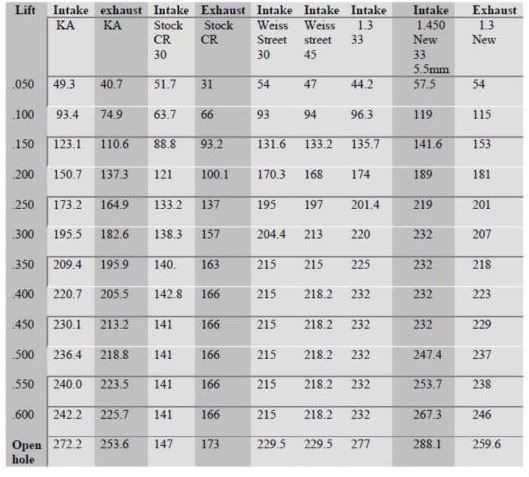Muddin_dude06
...
- Joined
- Sep 10, 2007
- Messages
- 2,541
Didn't you drop a valve though too? Was it an intake valve or an intake valve acting as an exhaust valve?
I dropped an intake intake valve lol. My cam was 1/2" recessed into the gear which according to those I asked closed my piston to intake valve clearance up. All the exhaust valves looked good when I pulled them.

